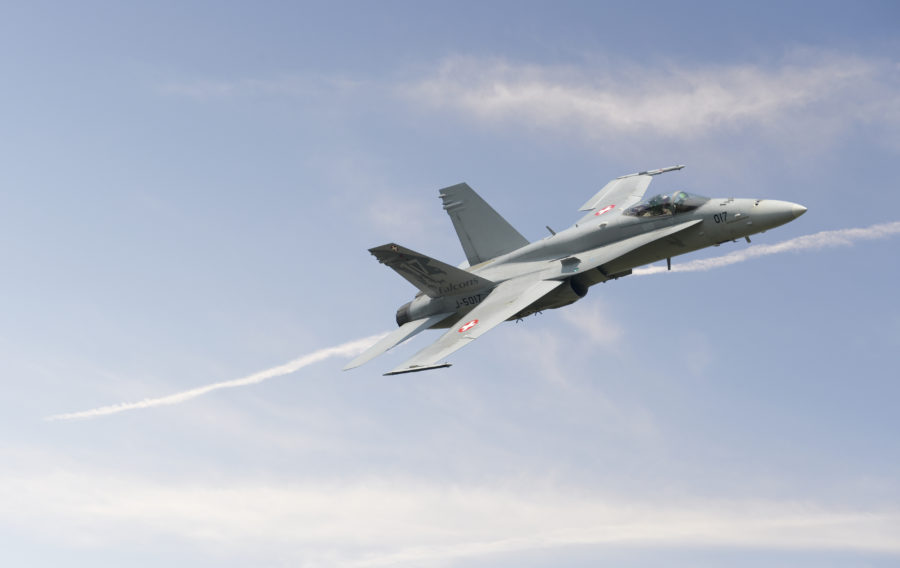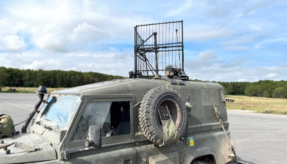
Writing for Defence Online, Leon Marsh, CEO at Bodytrak, takes a look at the vital role physiological monitoring technology can play in preventing illness and detecting injury.
Defence personnel across all forces face challenges related to physiological strain. Advances in precision, wearable, physiological monitoring technology now means that it’s easier to significantly reduce the severity of incidents, or indeed stop them happening in the first place. Data captured can help construct a deep understanding about how soldiers cope physiologically across all environmental challenges, both in training and in battle. Bodytrak is one such device that accurately measures multiple vital signs in real time making it possible to understand each soldier’s physiology, warn when there are signs of injury, prevent illness and by enabling early intervention.
Defence departments around the world are already testing such technology to combat a range of scenarios where personnel operating across air, sea and land could be exposed to environments and situations that impact their physiological wellbeing.
Mounted and dismounted soldiers
According to The Defence and Security Accelerator (DASA), “in December 2017, 19.8% of UK Armed Forces personnel were medically downgraded. Of the physical injuries represented in this figure the most common were musculoskeletal injuries and disorders (MSKI, including environmental injury from heat and cold) and noise induced hearing loss (NIHL).” In fact, DASA reported that environmental injury – that is heat and non-freezing cold injuries (NFCI) – accounts for 1.6%, and NIHL accounts for 5% of UK Armed Forces medically downgraded personnel.
Defence personnel often push themselves to the physical limit in the pursuit of their public duties. Combined with heavy kit – an average of around 55-60kgs – full combat gear, boots, weapons, extreme environments and temperatures – duty can take its toll. As a result, one of the biggest challenges for defence personnel – especially on missions in hot climates – is heat stress caused by the body’s inability to thermoregulate properly. Mounted soldiers – operating in combat vehicles like tanks – are often exposed to similar levels of heat strain or heat stroke and fatigue. The British Medical Journal defines heat stress where the core body temperature reaches 40°C with central nervous system (CNS) dysfunction, which can lead to delirium, coma and in worst cases, death. Even milder forms of heat stress – like heat cramps and heat exhaustion – can be common, seeing soldiers becoming unable to perform to the best of their abilities. This can impact operational effectiveness, require possible emergency evacuation, loss of manpower or worse.
In response to these challenges, DASA is scoping the potential for innovations to address these specific injuries within the British Army by means of wearable technology. The British Army hopes that such innovations will improve the deployability and overall health of service personnel. The MoD’s aspiration is to employ practical sensors (wearable technology) and / or novel supporting data analytics that provide indicators and warnings prior to injuries being sustained. DASA is working with Bodytrak to test how wearable technology can improve the health and wellbeing of dismounted soldiers.
Pilots
Pilots often experience a number of physiological hazards during or after a flight that pose significant threats to health and wellbeing. Hypoxia (or oxygen deprivation) and loss of consciousness due to excess gravitational forces, along with overheating, can lead to high impact incidents that can cause fatal consequences and aircraft losses. Other common risk factors for pilots include the extremely disorientating environment of flight and extreme heat or cold, fatigue, decompression, noise and vibration, which can all put physiological stress on the body. While any of these factors can be serious, any that cause even momentary loss of control could prove fatal. Mitigating the present safety risks that fast jet pilots can experience could provide a key contribution to preventing the associated loss of personnel and aircraft.
The Defense Innovation Unit, through the Army Contracting Command has awarded Bodytrak a contract to trial its technology with US Navy’s fixed wing pilots. The trial will demonstrate how wearable physiological monitoring technology can help reduce the number of physiological incidents during or after a flight that pose a significant health and safety threat to personnel and contribute to aircrew deaths and aircraft losses. The aim is to prove the benefits of such technology in a controlled environment, deploy pilot tests in flight and accelerate new innovation into the US Department of Defense – and into the hands of defence personnel.
Chemical, biological, radiological and nuclear (CBRN) defence and bomb disposal
Specialised CBRN military personnel are inherently at risk of physiological injury as they are exposed to hazardous environments and harmful substances, and also wear full-body personal protective equipment (PPE), which inhibits heat loss. This causes the body to be unable to thermoregulate effectively since it cannot make use of evaporative cooling via perspiration, resulting in overheating and associated symptoms including delirium, impaired mental performance, and slowing reaction and decision times. If changes to core body temperature are not closely monitored they can result in fatal episodes.
How physiological monitoring can reduce incidents and improve performance
In all of these scenarios, personnel would benefit from using physiological monitoring technology for early warning and intervention, preventing ill health and in worst case death. By simultaneously monitoring a range of vital signs including Core Body Temperature (CBT) and Heart Rate (HR), accurately and in real time, Bodytrak can help reduce negative physiological responses to a person’s environment. If an abnormality in physiology is detected – such as risk of excessive physiological strain (PSI), temperature-related injuries (hyper- and hypo- thermia), cardiac strain – a real-time, automated audio and visual alert is sent from the device to a remote control centre. This means that the appropriate intervention can be actioned quickly, resulting in either the prevention of a major injury or faster treatment.
Long-term, defence organisations can gain advantageous insight from the data captured. Predictive data analytics capabilities allow commanders to adjust training schedules, better assess the fitness of each individual soldier and better prepare for action in the field. In managing the welfare of the military’s most valuable asset – its personnel – the role of monitoring technology and use of accurate physiological data will give the military a significant advantage.
If you would like to join our community and read more articles like this then please click here.
Bodytrak DASA Defence and Security Accelerator Leon Marsh physiological monitoring







